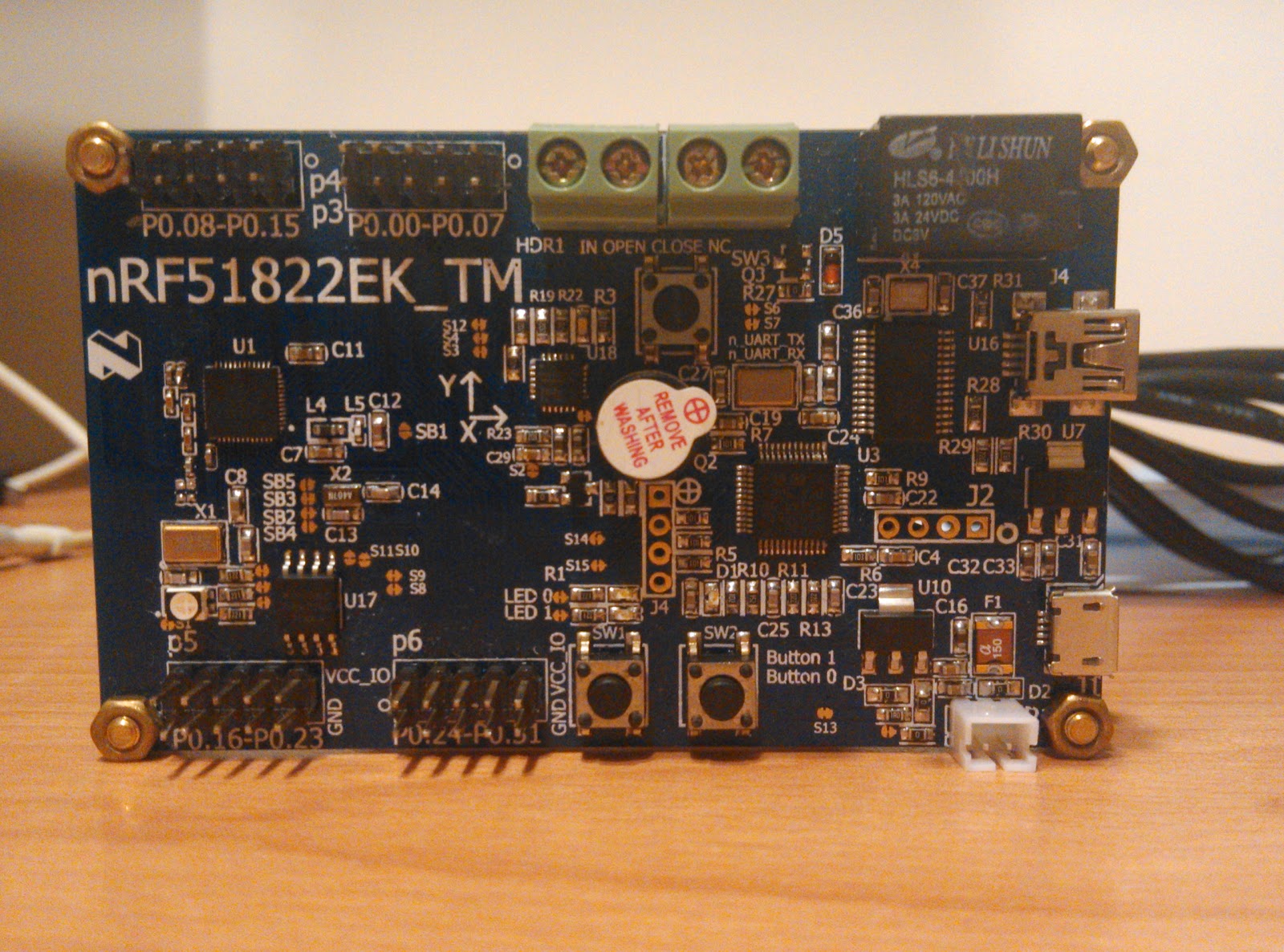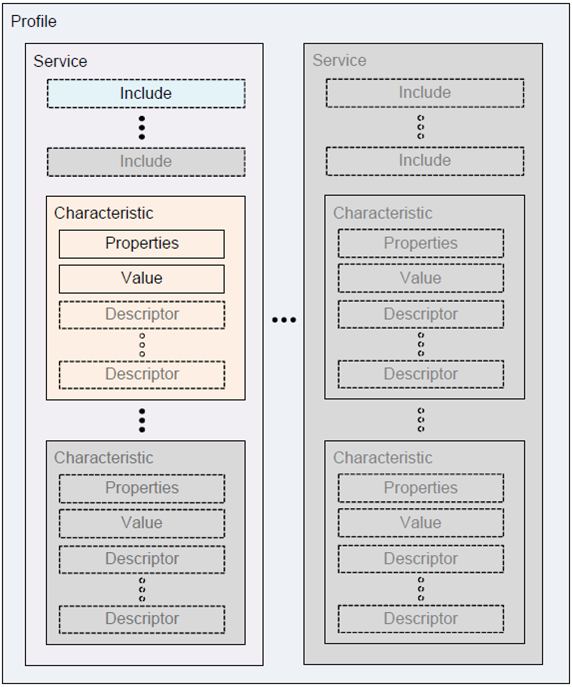假日藍芽/嵌入式系統工程師: Nordic app_timer module
目的 Nordic提供心跳表的範例程式,不用多少功夫就能把它跑起來。範例用了app_timer module,因為某種潔癖使然,我花了一些時間追蹤運作機制。另外Nordic沒有太多文件描述他的運作,我也希望這篇文章能幫助社會大眾。 app_timer module使用一個RTC (Real Time Clock)模擬成多個軟體timer。這個技巧以前我在歐萊禮的書看過,當時沒花太多工夫研究,這次也想順便弄懂裡面是怎麼實作的。 架構 app_timer使用硬體RTC1 timer app_timer支援多個軟體timer,但是底層只用RTC1硬體timer。軟體用了queue,linked-list這些資料結構堆出需要的功能 程式庫支援在不同的IRQ level執行(ARM Cortex M0支援多種IRQ level)。這個比較是設計的考量,操作內部資料結構時可以不用關中斷製造critical section 使用者可以創造多個SW timer,可以設定{period, one-shot/periodic, callback function} 使用方式就不寫中文了 (懶惰) Initialization #define APP_TIMER_PRESCALER (0) #define APP_TIMER_MAX_TIMERS (5) // # of timers #define APP_TIMER_OP_QUEUE_SIZE (5) // timer operation queue APP_TIMER_INIT(APP_TIMER_PRESCALER, APP_TIMER_MAX_TIMERS, APP_TIMER_OP_QUEUE_SIZE, false); In my board, a 32768hz oscillator is placed. I set the prescalar of RTC1 to 0, whose actual divider value is (PRESCALER + 1) RTC1's internal timer is 24-bit wide, and setting prescaler to 0 results timer overflow after 512






